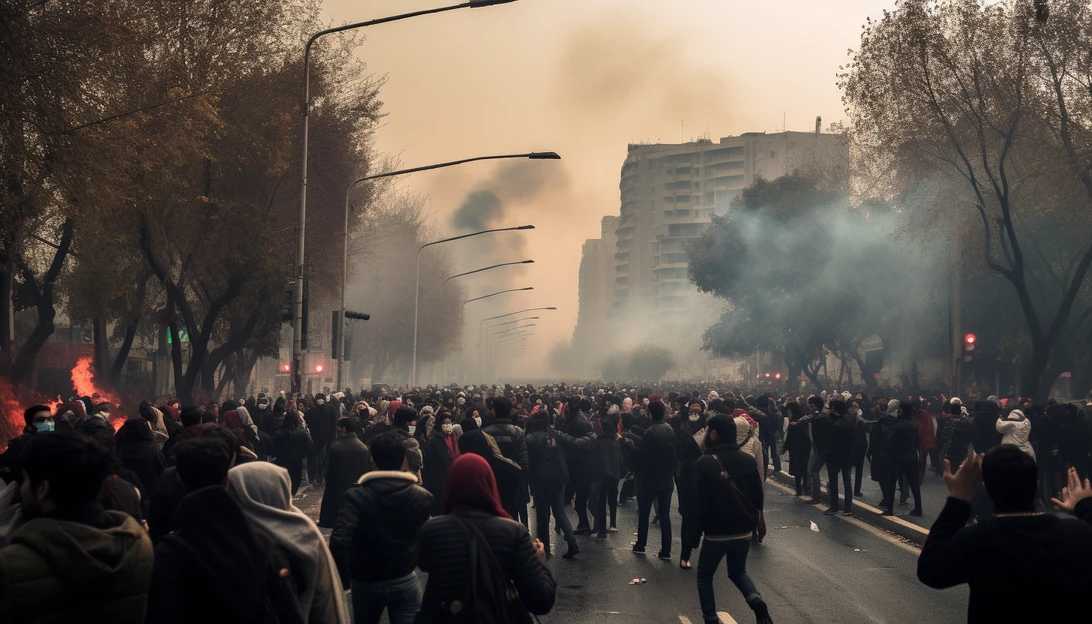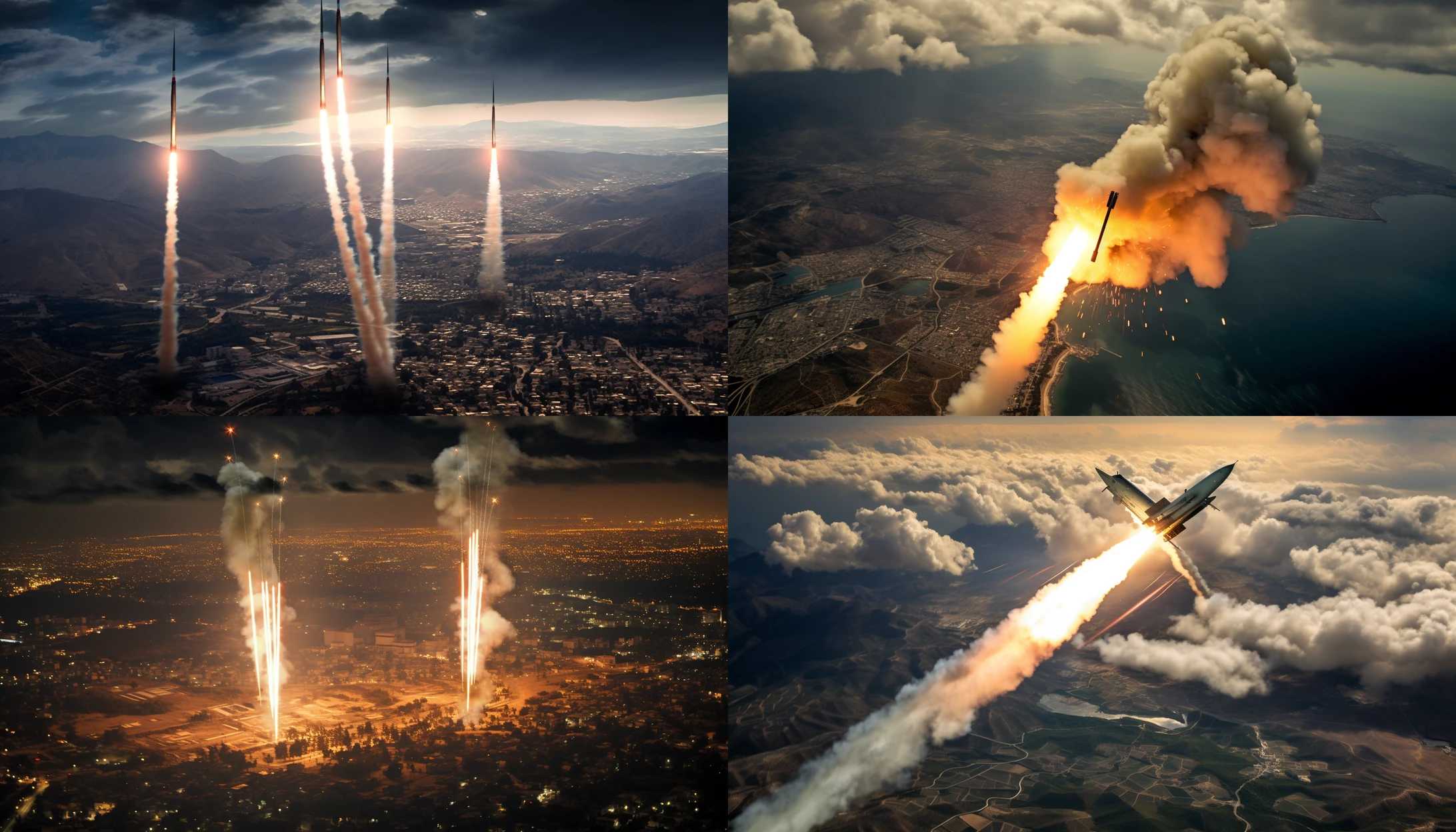Terrorism
published : 2023-11-13
Iran's Losing Hand: Rising Tensions, Limited Options, and Regional Pushback
Many Mideast states are fed up with Iran’s destabilizing terror policies

The mullahs in Iran are gleefully reveling in anti-Israel protests and harassment attacks orchestrated by the Axis of Resistance. Iranian Revolutionary Guard Corps Quds force commander Esmail Ghaani has been actively fanning the flames, shuttling to Lebanon and other locations, seeking to incite further turmoil.
However, Iran's ambitions to overthrow the U.S. military in the Middle East and achieve regional hegemony are far from attainable. In reality, Iran holds a losing hand.
Despite stuffing the region with an overwhelming number of missiles that strain Israel's Iron Dome defenses, Iran's proxies have failed to overpower the U.S. deterrent forces. The United States is well aware of Iran's sustained support and capabilities provided to groups like Hamas. In fact, the U.S. Navy showcased its ability to neutralize Iranian-backed missile attacks when it intercepted and destroyed several land-attack cruise missiles and drones launched by Houthi rebels in Yemen.

Iran's militias have also targeted U.S. forces in Iraq and Syria, launching over 40 attacks to date. Yet, these assaults have not disrupted U.S. military operations, and additional defensive measures, such as Patriot and Terminal High Altitude Area Defense (THAAD) batteries, have been deployed to enhance force protection. Furthermore, the U.S. Air Force retaliated against Iranian-backed militia targets in Syria.
As Israeli forces continue their operations in Gaza, Iran's proxy escalation options dwindle. Even Lebanese Hezbollah, armed with a considerable arsenal of 150,000 missiles, refrained from stepping up aggression. The group's leader, Hassan Nasrallah, boasted about diverting Israeli forces but hesitated to open a significant northern front.
Iran also faces the risk of engaging its own military forces in heightened conflict. Both the U.S. and Israeli military have conducted joint training exercises, preparing for deep strike scenarios. Their consultations and coordinated efforts significantly limit Iran's room for maneuver.

Moreover, Iran's struggling economy only adds to its woes. With inflation soaring at 40%, the country relies heavily on China, which purchases most of Iran's oil. Despite this, Iran's President Ibrahim Raisi expressed dissatisfaction with China's lack of support during his visit to Beijing.
Many Middle Eastern states, though not publicly vocalizing it, have grown tired of Iran's terror policies and destabilizing activities. Even Saudi Arabia, an influential player in the region, seeks to avoid further conflict and wishes to diversify its economy. The potential for long-term partnerships with Israel in technology and investment holds more allure for Saudi Arabia and other Gulf states than aligning with Iran's revolutionary regime.
In conclusion, Iran's desperate attempts to maintain power and expand its influence through terrorism cannot persist much longer. Rising tensions, limited military options, and regional pushback have created a challenging landscape for Iran's ambitions. The odds are decisively stacked against them.
